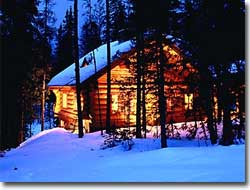- New York City, NY
- Los Angeles, California
- Chicago, Illinois
- Houston, Texas
- Phoenix, Arizona
- Philadelphia, Pennsylvania
- San Antonio, Texas
- San Diego, California
- Dallas, Texas
- San Jose, California
- Detroit, Michigan
- Miami, Florida
- Atlanta, Georgia
|
- Toronto, Ontario
- Montreal, Quebec
- Vancouver, British Columbia
- Calgary, Alberta
- Edmonton, Alberta
- Ottawa - Gatineau, Ontario/Quebec
- Quebec City, Quebec
- Hamilton, Ontario
- Winnipeg, Manitoba
- Saskatoon, Saskatchewan
|
